Unlicensed Extraction of Inert Materials in the Village of Golbo.
For the project Ecomap.kg
39°49’0178″N 69°37’1302″E
Illegal mining is taking place near the village of Golbo, where local residents use sand and gravel materials for their agricultural buildings or private houses. Unfortunately, there is no perfect methodology that allows for an accurate calculation of the damage caused to the environment by illegal mining.
Meanwhile, significant areas of extraction always exhibit manifestations of: abrasion, abnormal accumulation, deflation, river (lateral) erosion, linear slope erosion, landslides, debris flows, and processes of reshaping the shores of water bodies, karst processes, linear slope (gully) erosion, which are conditioned by the geological structure of the territory and natural conditions.
The processes of mineral extraction cannot help but disrupt the original balance of the ecosystem, causing irreversible changes in the biosphere. Both underground and open-pit methods of mining solid minerals significantly affect the gas, water, thermal, and geochemical regimes of the areas where the mining complex is located. In the underground mining method, there is a reduction of the rock mass towards the mined space, leading to the formation of cracks, ruptures, subsidence, sinkholes, and surface settlements; at great depths in the mining workings, rock bursts, emissions, and radiation of rocks occur, along with the release of methane, hydrogen sulfide, and other toxic gases, as well as sudden breakthroughs of groundwater. In the open-pit mining method, landslides, debris flows, collapses, mudflows, and other exogenic geological processes develop.
They pollute the atmosphere, soil, and surface groundwater, causing damage and rendering the water basin and its ecosystem unfit for use, as well as negatively impacting plant and animal life, excluding significant areas of land from agricultural turnover, construction, and other types of economic activity.
39°49’0178″N 69°37’1302″E
Illegal mining is taking place near the village of Golbo, where local residents use sand and gravel materials for their agricultural buildings or private houses. Unfortunately, there is no perfect methodology that allows for an accurate calculation of the damage caused to the environment by illegal mining.
Meanwhile, significant areas of extraction always exhibit manifestations of: abrasion, abnormal accumulation, deflation, river (lateral) erosion, linear slope erosion, landslides, debris flows, and processes of reshaping the shores of water bodies, karst processes, linear slope (gully) erosion, which are conditioned by the geological structure of the territory and natural conditions.
The processes of mineral extraction cannot help but disrupt the original balance of the ecosystem, causing irreversible changes in the biosphere. Both underground and open-pit methods of mining solid minerals significantly affect the gas, water, thermal, and geochemical regimes of the areas where the mining complex is located. In the underground mining method, there is a reduction of the rock mass towards the mined space, leading to the formation of cracks, ruptures, subsidence, sinkholes, and surface settlements; at great depths in the mining workings, rock bursts, emissions, and radiation of rocks occur, along with the release of methane, hydrogen sulfide, and other toxic gases, as well as sudden breakthroughs of groundwater. In the open-pit mining method, landslides, debris flows, collapses, mudflows, and other exogenic geological processes develop.
They pollute the atmosphere, soil, and surface groundwater, causing damage and rendering the water basin and its ecosystem unfit for use, as well as negatively impacting plant and animal life, excluding significant areas of land from agricultural turnover, construction, and other types of economic activity.

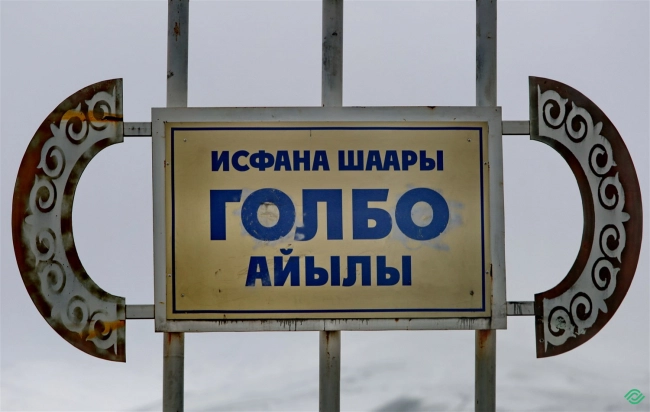






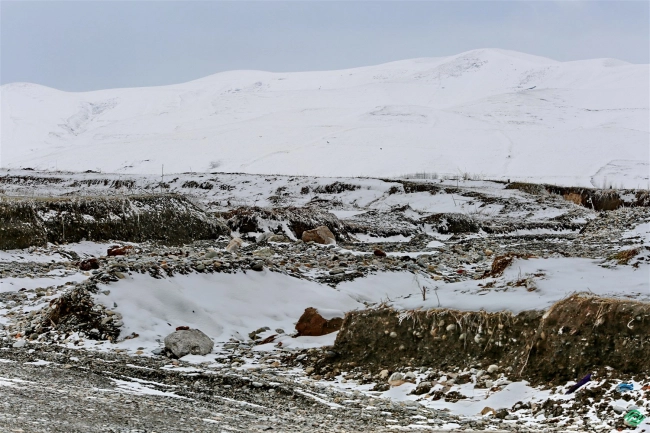

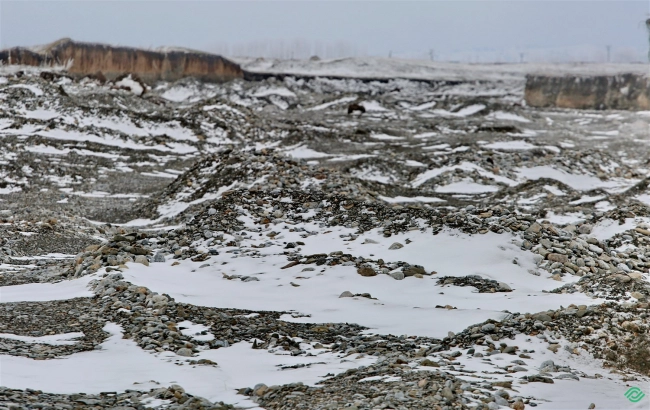
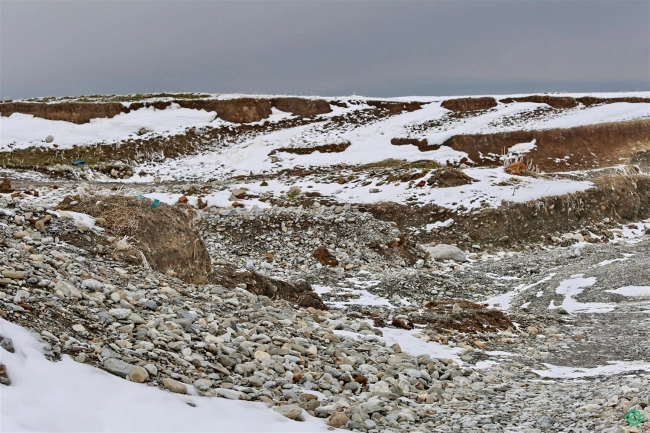
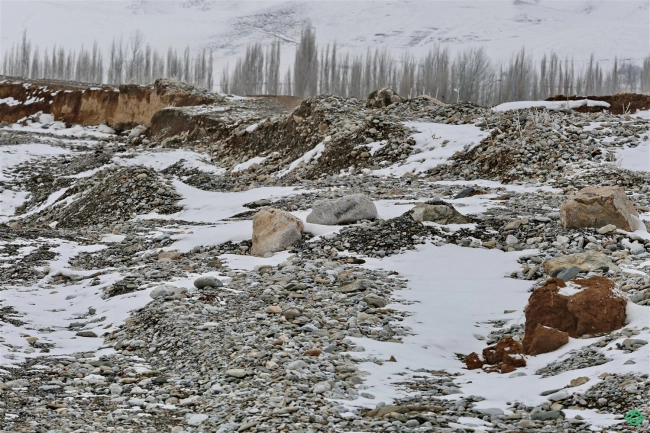


















Attention: Information based on submitted complaints